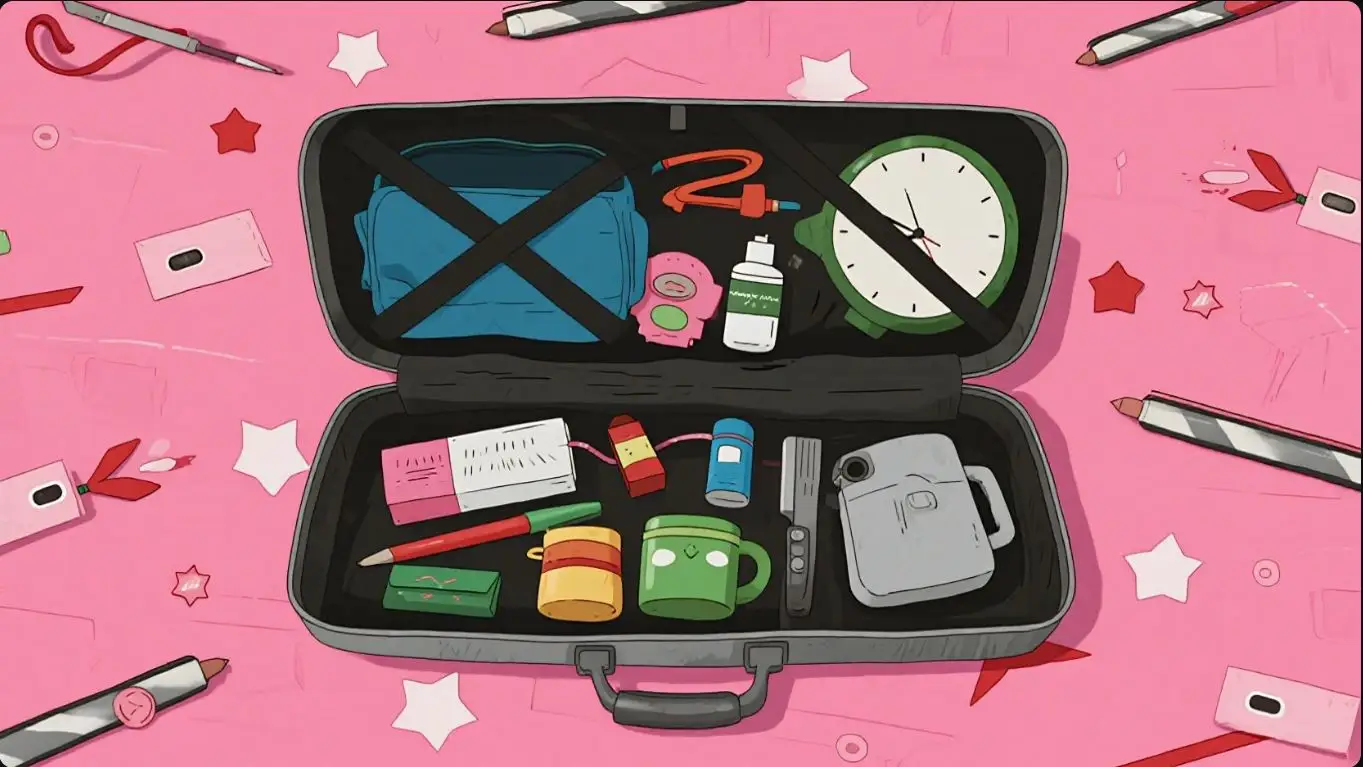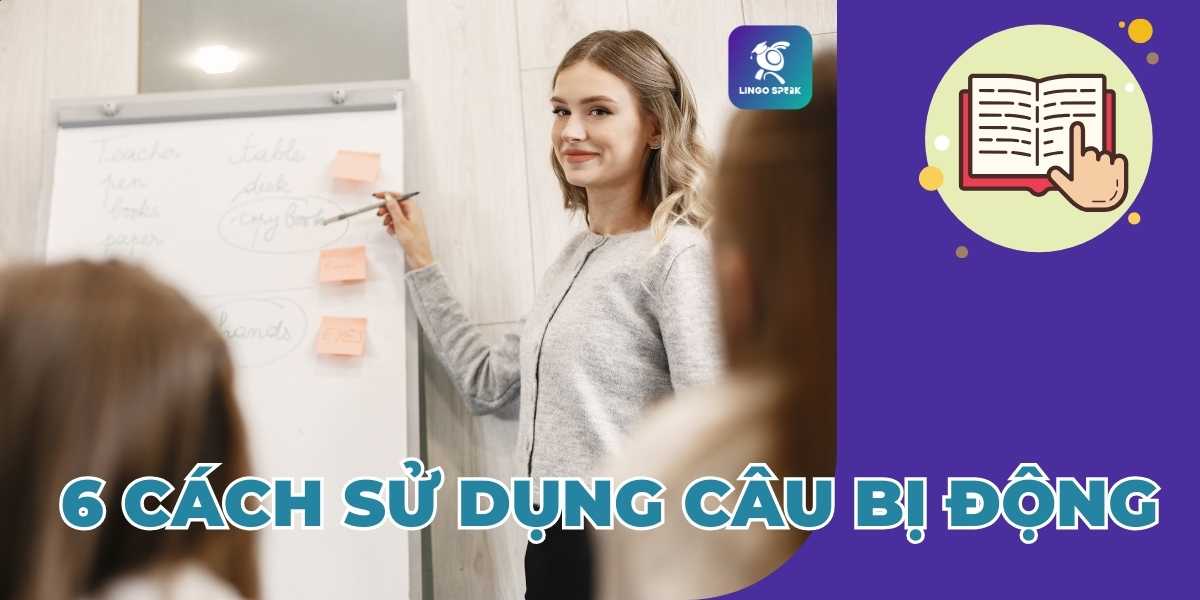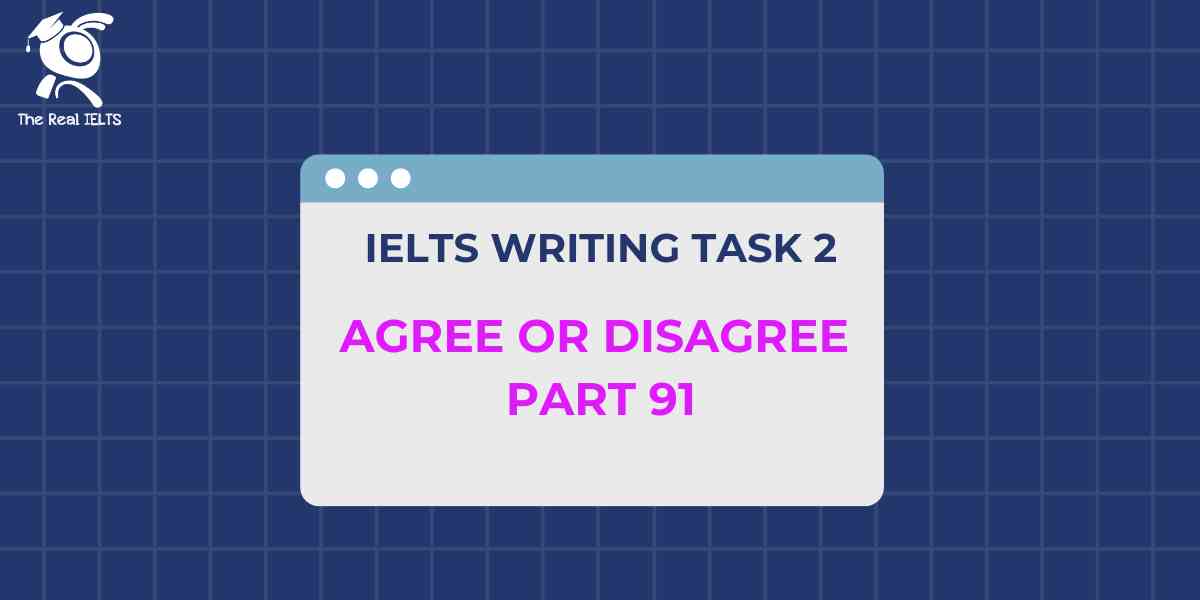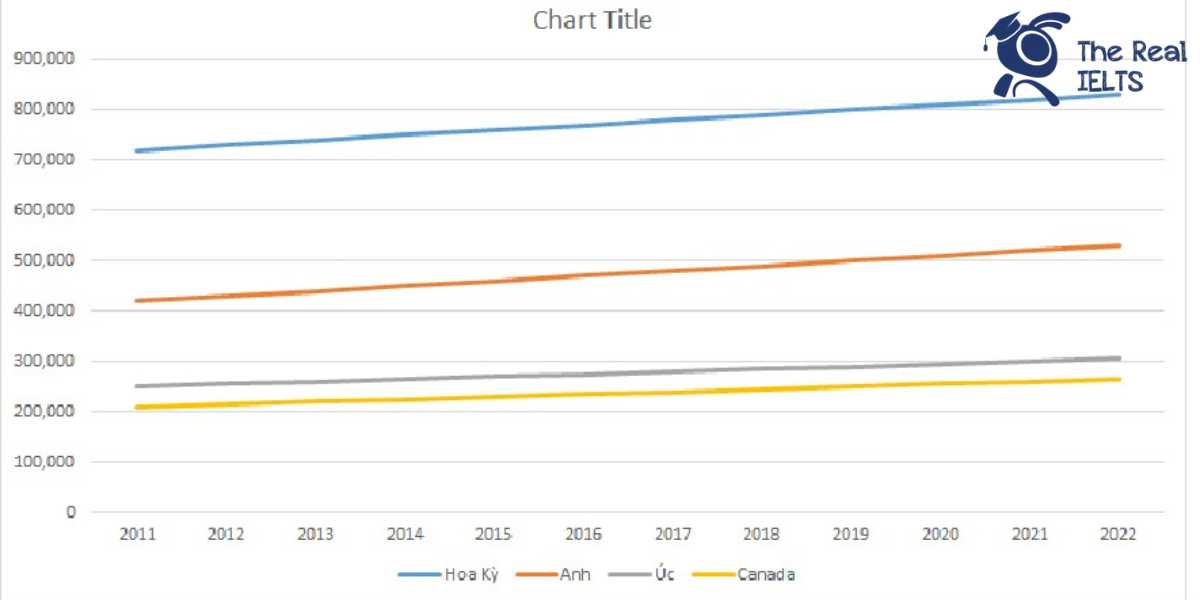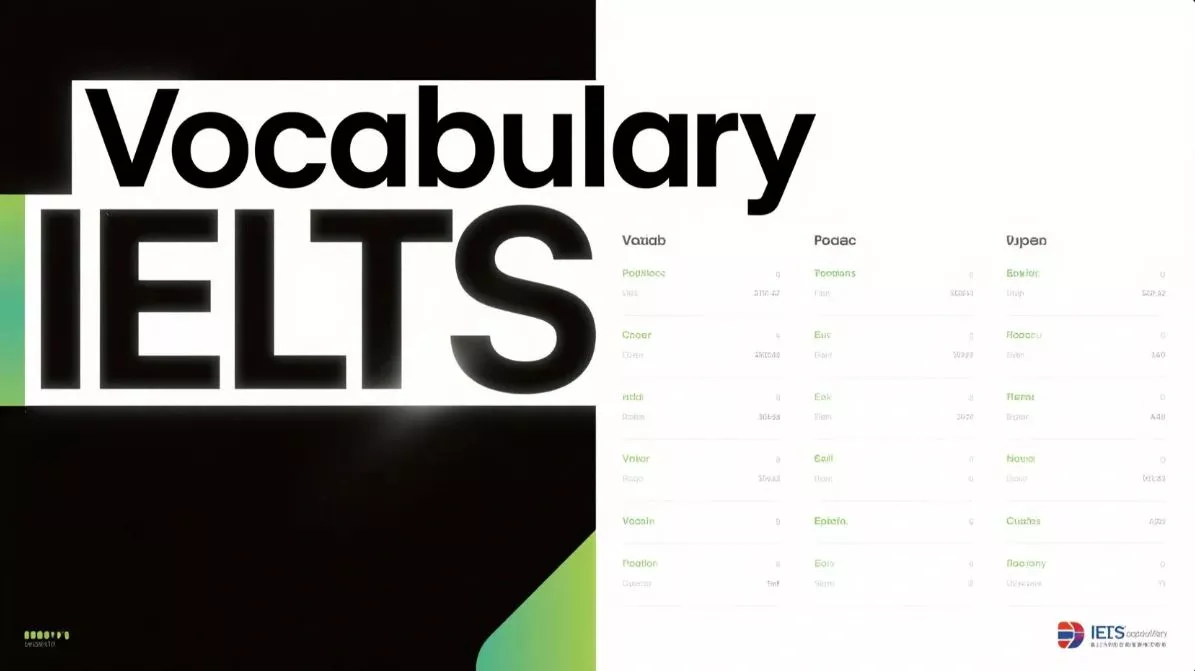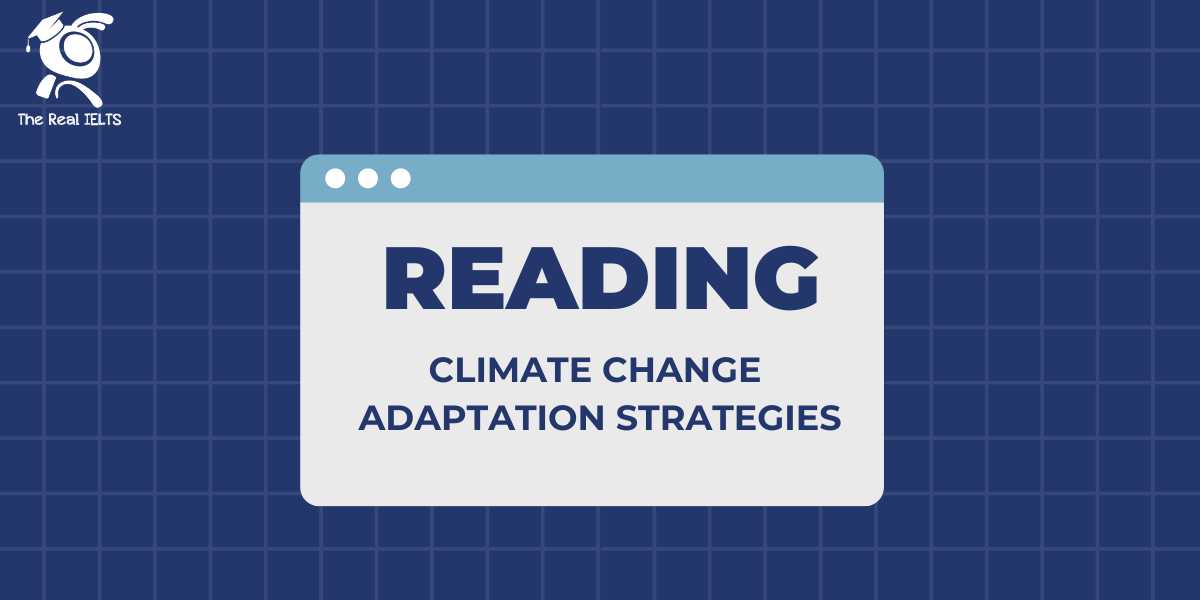Đề bài IELTS Writing Task 2 dạng Positive or Negative imagination
You should spend about 40 minutes on this task
The influence of technology on children’s creativity and imagination. Do you think this is a positive or negative development?
Write at least 250 words.
Giải mẫu IELTS Writing
In today’s digital era, the omnipresence of technology in children’s lives has sparked an ongoing debate about its impact on creativity and imagination. While some argue that technology stifles these essential qualities, others believe it enhances them. I hold the view that technology’s influence on children’s creativity and imagination can be both positive and negative, depending on how it is utilized.
On the positive side, technology provides a vast array of tools and resources that can stimulate creativity and imagination. For instance, digital drawing tablets and graphic design software allow children to experiment with art in ways that traditional mediums cannot. Similarly, educational apps and online platforms offer interactive storytelling and creative writing exercises that can inspire young minds. Virtual reality (VR) and augmented reality (AR) also create immersive environments where children can explore new worlds and scenarios, fostering a sense of wonder and innovation.
Furthermore, the internet is a treasure trove of information and inspiration. Children can access diverse content, from instructional videos on building robots to tutorials on creating animations. This exposure can broaden their horizons and encourage them to think outside the box. Collaboration tools like online forums and social media also enable children to share their creative projects, receive feedback, and collaborate with peers worldwide, enriching their creative experiences.
However, there are negative aspects to consider. Excessive screen time can lead to passive consumption rather than active creation. Children who spend hours playing video games or watching videos may not engage in imaginative play or hands-on creative activities. This can result in a reliance on external stimuli for entertainment rather than developing their internal creative processes. Additionally, the constant influx of digital content can overwhelm children, making it difficult for them to focus on a single creative task or develop sustained imaginative thought.
Moreover, the structured nature of many digital tools and platforms can sometimes limit free-form creativity. For instance, while digital art programs offer numerous features, they can also constrain children to predefined templates and styles, reducing the opportunity for original creation. Similarly, the algorithm-driven content on social media and video platforms can expose children to repetitive themes and ideas, potentially stifling their unique creative expressions.
In conclusion, technology’s impact on children’s creativity and imagination is a double-edged sword. It offers unparalleled opportunities for creative exploration and learning, yet it also poses risks of passive consumption and constrained creativity. Therefore, it is crucial for parents and educators to guide children in using technology mindfully, balancing screen time with traditional creative activities to ensure a holistic development of their imaginative and creative abilities. By doing so, we can harness the positive aspects of technology while mitigating its potential downsides, fostering a generation of innovative and imaginative thinkers.
Thống kê cấu trúc câu và cấu trúc ngữ pháp
Cấu trúc câu
- Câu đơn (Simple sentences)
- “In today’s digital era, the omnipresence of technology in children’s lives has sparked an ongoing debate about its impact on creativity and imagination.”
- “On the positive side, technology provides a vast array of tools and resources that can stimulate creativity and imagination.”
- “Moreover, the structured nature of many digital tools and platforms can sometimes limit free-form creativity.”
- Câu ghép (Compound sentences)
- “While some argue that technology stifles these essential qualities, others believe it enhances them.”
- “It offers unparalleled opportunities for creative exploration and learning, yet it also poses risks of passive consumption and constrained creativity.”
- Câu phức (Complex sentences)
- “I hold the view that technology’s influence on children’s creativity and imagination can be both positive and negative, depending on how it is utilized.”
- “For instance, digital drawing tablets and graphic design software allow children to experiment with art in ways that traditional mediums cannot.”
- “This exposure can broaden their horizons and encourage them to think outside the box.”
- “Excessive screen time can lead to passive consumption rather than active creation.”
- Câu ghép phức (Compound-complex sentences)
- “Similarly, educational apps and online platforms offer interactive storytelling and creative writing exercises that can inspire young minds.”
Cấu trúc ngữ pháp
- Thì hiện tại đơn (Simple present tense)
- “The omnipresence of technology in children’s lives has sparked an ongoing debate.”
- “Technology provides a vast array of tools and resources.”
- Thì hiện tại hoàn thành (Present perfect tense)
- “The omnipresence of technology in children’s lives has sparked an ongoing debate.”
- Câu điều kiện (Conditional sentences)
- “If parents and educators guide children in using technology mindfully, balancing screen time with traditional creative activities, it can ensure holistic development.”
- Mệnh đề quan hệ (Relative clauses)
- “For instance, digital drawing tablets and graphic design software allow children to experiment with art in ways that traditional mediums cannot.”
- Câu bị động (Passive voice)
- “Excessive screen time can lead to passive consumption rather than active creation.”
Từ kết nối các câu và các đoạn
- Kết nối giữa các đoạn
- “On the positive side,”
- “Furthermore,”
- “However,”
- “Moreover,”
- “In conclusion,”
- Kết nối trong câu
- “While”
- “Similarly”
- “For instance”
- “Yet”
- “Therefore”
- “By doing so”
Các từ vựng tiếng Anh cần lưu ý trong bài viết
- Omnipresence – Sự hiện diện khắp nơi
- Creativity – Sự sáng tạo
- Imagination – Trí tưởng tượng
- Stimulate – Kích thích
- Digital drawing tablets – Bảng vẽ kỹ thuật số
- Graphic design software – Phần mềm thiết kế đồ họa
- Interactive storytelling – Kể chuyện tương tác
- Creative writing – Viết sáng tạo
- Virtual reality (VR) – Thực tế ảo (VR)
- Augmented reality (AR) – Thực tế tăng cường (AR)
- Immersive environments – Môi trường nhập vai
- Innovative – Sáng tạo
- Treasure trove – Kho báu
- Instructional videos – Video hướng dẫn
- Tutorials – Bài hướng dẫn
- Collaboration tools – Công cụ hợp tác
- Forums – Diễn đàn
- Passive consumption – Tiêu thụ thụ động
- Imaginative play – Chơi tưởng tượng
- Internal creative processes – Quá trình sáng tạo nội tâm
- External stimuli – Kích thích bên ngoài
- Structured nature – Bản chất có cấu trúc
- Templates – Mẫu
- Algorithm-driven content – Nội dung do thuật toán điều khiển
- Unique creative expressions – Biểu hiện sáng tạo độc đáo
- Double-edged sword – Con dao hai lưỡi
- Holistic development – Phát triển toàn diện
- Mindfully – Một cách cẩn thận
- Mitigating – Giảm thiểu
- Innovative and imaginative thinkers – Những người suy nghĩ sáng tạo và tưởng tượng
Đọc thêm các bài Luyện Thi IELTS khác trong link nhé.



